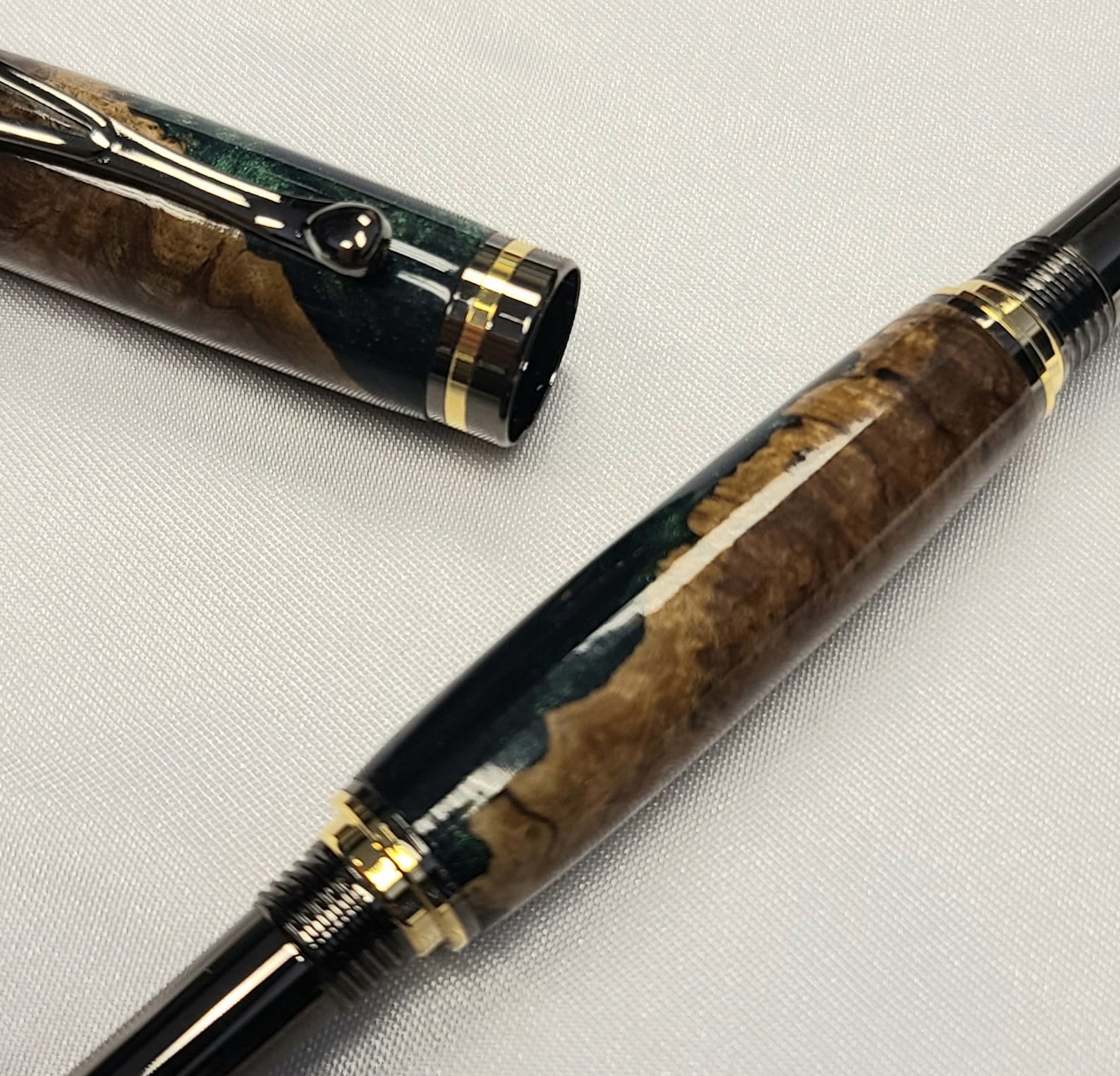Indicators on The History and Evolution of Wood Fountain Pens You Should Know

The Past and Evolution of Wood Fountain Pens
Fountain markers have been a well-known writing musical instrument for centuries, and their concept and components have progressed dramatically over opportunity. One certain type of fountain marker that has obtained attraction one of pen enthusiasts is the lumber fountain marker. In this write-up, we will certainly explore the past and evolution of timber fountain pens.
Wooden markers possess a lengthy record that may be outlined back to historical human beings. The Egyptians were one of the very first understood human beings to utilize timber writing tools. They crafted stylus markers helped make from reeds or bamboo, which were soaked in ink and made use of for writing on papyrus scrolls.
As time progressed, timber pens came to be even more innovative in their layout. During the course of the Middle Ages, shaft markers created from feathers were typically made use of, but timber dip markers likewise developed as a well-known option. These dip markers included a pointed point created from metallic that was placed right into a wood handle.
In the 19th century, with the dawn of industrialization, mass development procedures permitted for the manufacturing of affordable steel-nibbed fountain pens. Nevertheless, lumber remained a favored product for lots of marker enthusiasts due to its one-of-a-kind visual allure and all-natural coziness.
The very early 20th century marked an essential milestone in the development of lumber fountain markers with the overview of cartridge-filled units. Rather of filling up ink using an eyedropper or by plunging the end into an ink container, these new systems incorporated tiny ink cartridges packed along with ink that might be simply switched out when empty.

Wood fountain markers proceeded to grow throughout the 20th century along with developments in materials and manufacturing approaches. Various styles of wood were utilized to produce numerous style and finishes, varying from unusual woods like rosewood and ebony to additional popular hardwoods like maple and pine.
In add-on to making use of various styles of woods, makers began experimenting with several coatings and finishes to defend the wood coming from wear and rip while improving its visual beauty. Lacquering was one such method used to generate a smooth and tough surface.
The attraction of wood fountain markers got to its optimal in the 1980s and 1990s, where they were often taken into consideration luxury writing instruments. Lots of marker collectors and enthusiasts sought after these markers for their one-of-a-kind craftsmanship and luxury.
Today, timber fountain markers continue to be very looked for after through pen fans. Present day manufacturing approaches have permitted for the creation of complex layout, designs, and inscriptions on wooden pen barrels. The make use of of different styles of hardwood also supplies a vast variety of colours and structures to opt for coming from.
Wood fountain markers offer a unique writing encounter due to their balance, body weight, and coziness that is distinctive from other materials such as metallic or plastic. They deliver a natural feeling in the palm, helping make them comfy for long writing treatments.
In conclusion, the background and development of hardwood water fountain pens have found substantial growths over opportunity. Coming from ancient people using basic wood stylus markers to modern-day intricate style crafted along with numerous styles of woods, these writing tools have stood the test of time. The elegance and individuality linked along with lumber water fountain pens continue to spellbind pen enthusiasts around the world.
